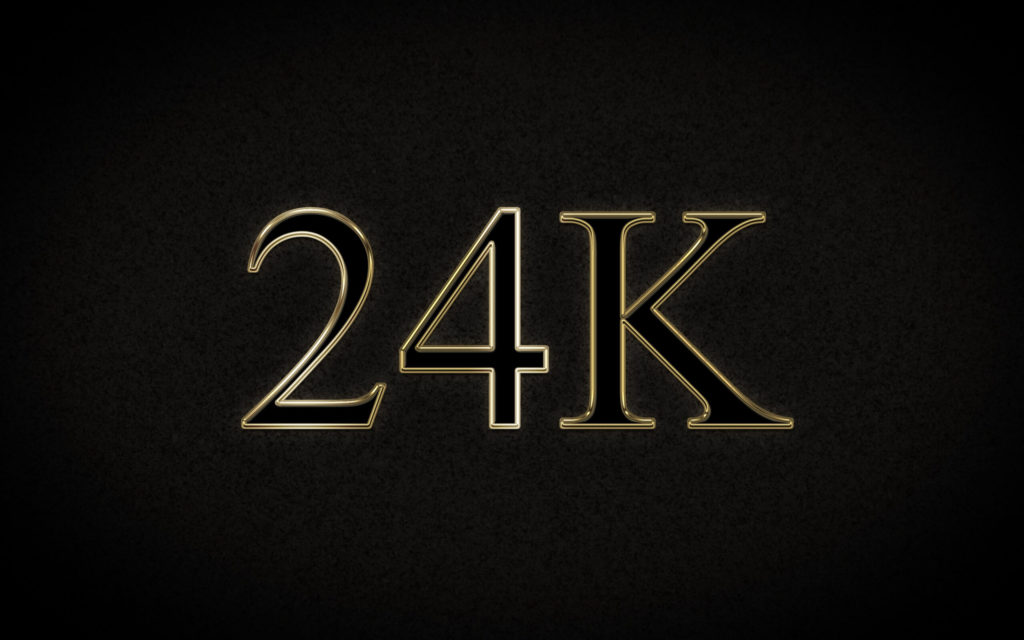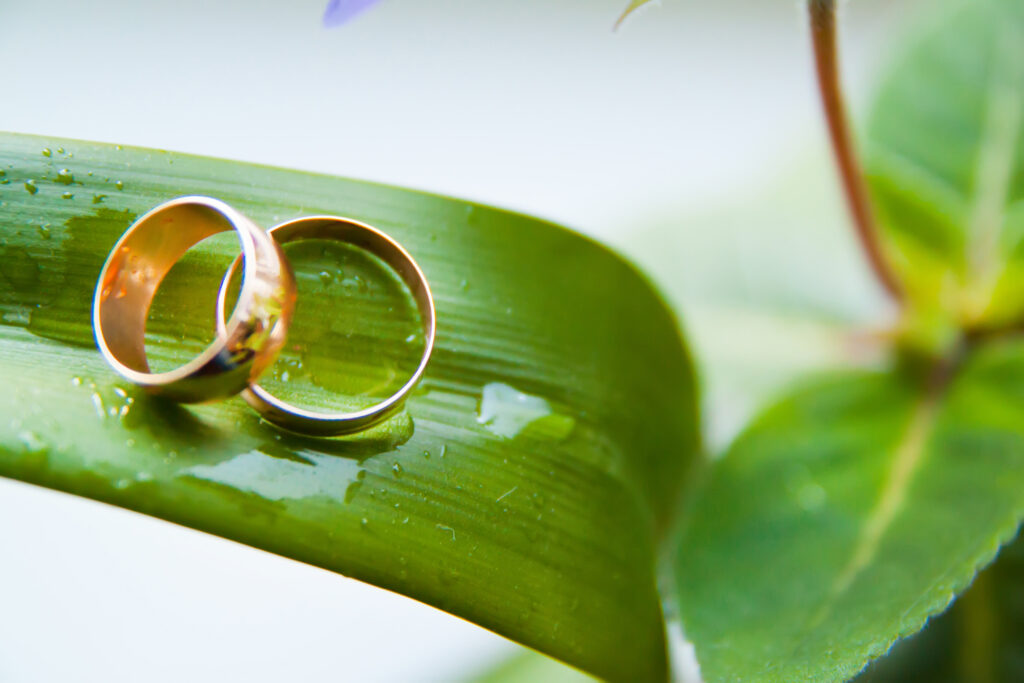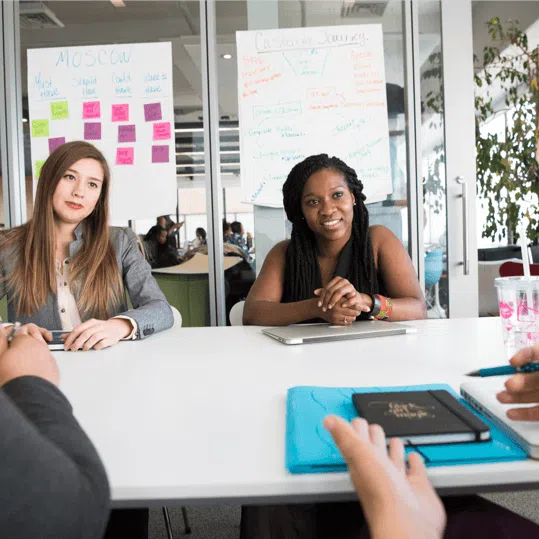Precious metals like silver, gold, and platinum are gorgeous. Unfortunately, some people might alter these metals and try to sell them for more than they’re worth. But can rings made from these precious metals be real, even if they don’t have those numbered markings on the inside?
Gold rings in the US and the UK are required to be stamped in order to be legally sold and traded commercially. Buying rings from sellers without those markings doesn’t mean they aren’t real, but it is against the law, and it also means that the gold karat quality is unknown.
Laws for metal stamping are different in each country and so are the penalties. Keep reading to see learn how gold hallmarking was first created, how different stamping systems work, and what all those little numbers mean.
Stamping vs. Hallmarking

Marking gold and silver has been a practice since 350 A.D. The Byzantines had a system of five marks that they stamped on their silver bars, although the interpretation of those marks is still a little fuzzy.
More recently, in 1238 A.D., Henry III started regulating the standard of gold and silver products. And in 1300 A.D., Edward I decreed that no precious metals could be sold until they had been tested and then marked with a leopard’s head, which was the true start of hallmarking in the UK.
Hallmarking a piece of jewelry is the process of stamping it with a certain set of marks, dictated by the Hallmark Act 1973. The law was altered a bit in 1998 when one of the four required marks was decreed to be optional (the date mark). Nowadays, a gold ring in the UK requires three markings:
- Mark that is unique to the MAKER of the piece
- Standard Mark that indicates the metal QUALITY
- Mark that indicates the Assay Office that tested the piece
The maker mark is like a signature—it’s so the person who created the piece can leave their mark, literally. It’s also helpful for tracking the piece back to the creator, especially if the piece was incorrectly or illegally marked. The standard mark is the real reason for all this hassle—it tells you the exact quality of the gold (give or take 0.5 karats).
The Assay Office logo is to show that the gold (or silver) was tested by an official Assay Office that is officially recognized by the government. Assay Offices are places that test for the quality of metal. They’re the ones that determine the quality mark because they know exactly how much that gold is worth. There are four Assay Offices: one in London, Birmingham, Sheffield, and Edinburgh.
The marks can be literally punched into the gold with steel punches, which are made for even the tiniest of wedding rings. The main problem with punching stamps is how it displaces the gold, sometimes distorts the ring, even if only a little bit.
Another method created recently is laser marking. Lasers don’t displace the metal, and it is used more commonly for really delicate pieces of jewelry that could be demolished if they were punched.
Most countries have different hallmarking laws that fit their own needs, although, not every country is as specific as the UK. The United States doesn’t have a hallmarking system, and their only Assay Offices are the ones run by the government for federal purposes. But the US does have what they call “The National Silver and Gold Stamping Act,” usually shortened to the Stamping Act, and it is overseen by the FTC (Federal Trade Commission).
This act dictates that all pieces of jewelry made for commercial use must be stamped with the metal quality mark and a federally registered manufacturer’s mark. The font size of the manufacturer’s mark is not allowed to be larger than the quality mark font size. And if you’re making jewelry as gifts or for personal use, you don’t have to worry about getting them marked. As long as you’re not trying to sell them, it’s not against the law.
Most countries have their own systems, and while we don’t have time to go over every single one of them here, you can research to see exactly what the rules are in your own country. If your country doesn’t have any rules or regulations regarding jewelry stamping, you might want to consider buying jewelry somewhere else.
It’s a good thing that these systems were created. Otherwise, it would be difficult to find the right ring. Shady jewelers would be everywhere (well, there would be more of them than there already are) and they could claim that their 10k ring was 22k with nothing to stop them.
So, yes, you could buy gold rings without markings. But not only is that illegal in most countries, but you will also have no idea what you’re really buying. It could be pyrite (fool’s gold), for all you know.
Different Karats of Gold

We keep using this word, karats. And we’re not talking about a bunch of vegetables. There’s no point in checking to see what your gold stamp says if you don’t understand what the markings mean, so we will explain “karat.”
Indication of the number of karats shows how pure gold is. Pure gold is 24k. That means that the metal is 100% gold, with no added alloys.
But most gold isn’t 24k. 24k gold is especially soft, which is why most manufacturers will alter the gold to give it extra strength from other metals, such as nickel, copper, silver, or even zinc. When those metals are added, the gold quality goes down. It can be 22k, 18k, 14k, or even 10k, but 10k is usually the lowest it goes. 1k gold is pretty much worthless, or, at the very least, it’s a lot cheaper.
The karat number isn’t there to be confusing. Using the karat number, you can actually calculate what percent of the metal is pure gold. 24k is 100%, so that means that the other karat numbers can be divided by 24 to find the gold percentage. But, to save you time, we did the calculations for you:
- 24k = 100% gold
- 22k = 91.6% gold
- 18k = 75% gold
- 14k = 58.3% gold
- 10k = 41.6% gold
The higher karat you choose, the softer and brighter it will be. Lower karat numbers will be cheaper and harder, but 10k doesn’t look quite as shiny as 18k. So it’s up to you. And, thanks to gold stamping, you get to pick exactly what you want.


